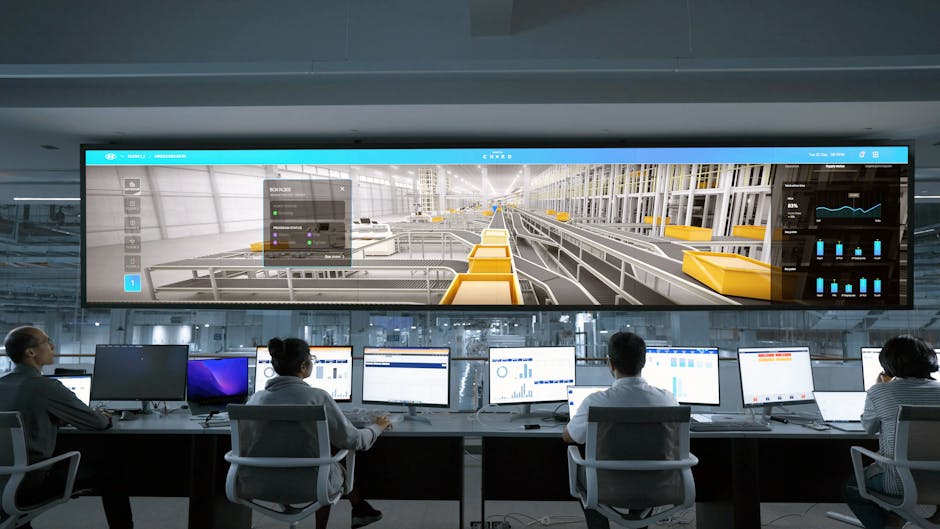Automation
Automation enables machines and processes to operate reliably, precisely, and without constant human supervision.
We design and implement automation systems that increase productivity, reduce costs, and ensure repeatable and stable production.
Our services:
- Design of automation systems tailored to process requirements
- PLC and industrial PC programming
- Control of temperature, pressure, speed, force, and other process parameters
- Control of machines, production lines, and equipment
- Integration of safety and monitoring systems
Our systems provide precise control of all production stages – from simple machine activation to complex processes with feedback loops and automatic regulation.


Production Monitoring and Control
Monitoring systems provide a complete real-time overview of production status.
This allows users to know exactly what’s happening on the shop floor – how many products have been made, which materials have been used, and where potential downtime occurs.
Applications:
- Tracking produced items and machine status
- Recording material and time consumption
- Production efficiency analysis (OEE)
- Error, downtime, and equipment failure notifications
- Visualization and reporting on a central computer or HMI panel
Technical implementation:
- System design based on the amount and type of data
- Data collection from multiple sources (machines, sensors, PLCs)
- Integration of peripheral signal modules into a central monitoring system
- Development of software for visualization, data logging, and automatic reporting
- Sending notifications and alarms via e-mail or SMS
